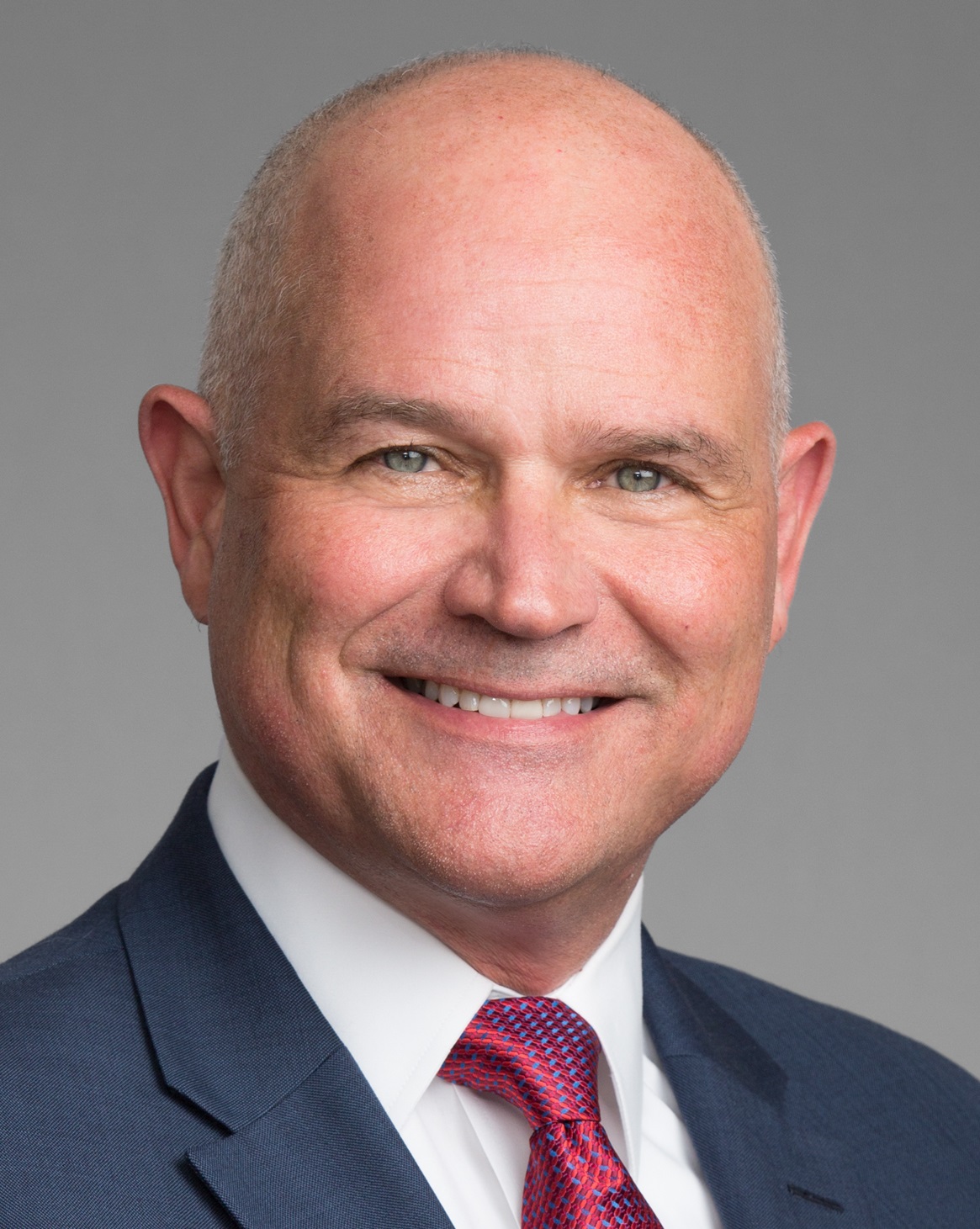It’s been nearly 30 years since Charles Handy first described what he calls the “shamrock organization” in his groundbreaking book, The Age of Unreason, in 1989. The model calls for envisioning any organization’s workforce as a shamrock, whose three leaves are identified as the professional core, the contractual fringe and the flexible workforce:
The professional core are highly compensated employees whose skill sets are critical to setting and implementing business strategy.
The contractual fringe are resources the enterprise leverages by contracting with other organizations to provide additional capabilities. They are compensated on results, not by hours.
The flexible workforce includes professionals brought in on an interim basis to address peaks in staffing needs, such as during an ERP upgrade, an acquisition or merger, or a major business process change.
The popularity of this model varies across industries as well as departments within companies. One area where organizations have embraced the concept of the small, highly paid and highly capable professional core is the technology sector. The underlying philosophy is to focus on the delivery of mission-critical services, with every other operational function sourced elsewhere.
Fitting the Shamrock Organization to Finance and Accounting
While business functions such as IT have become accustomed to the shamrock approach, recognizing its agility and cost-effectiveness, this model is now becoming increasingly attractive to the back office, particularly finance and accounting.
The finance function’s historical hesitation to adapt the shamrock model relates to the high degree of trust invested in the financial matters of the company. Here, more than in any other function, it’s crucial to ensure that the staff is skilled and worthy of knowing and handling the organization’s finances. We attribute finance organizations’ growing willingness to adopt the shamrock model now to the increased availability of talented, accomplished finance professionals in the flexible-resource leaf of the shamrock and to the increased availability of trusted partners specialized in finance and accounting to vet, hire and manage these resources.
Working With a Third Party
The benefits of working with an experienced third party to manage the flexible workforce in accounting are numerous. The ideal partner is a staffing and professional-services company with a broad expertise in human resources management and access to a large pool of experienced, vetted specialists.
When partnering with such a company, organizations must ensure that their resource partner understands the particular business challenges the flexible workforce needs to address and can match the team’s skills to the specific tasks that need to be executed. The resources must be seasoned by repeated experiences in the narrow field where they are deployed, ideally in the same industry and regulatory environment.
Technological expertise is another important consideration, and knowledge of the applications or tools the organization uses in the particular department should not be left to chance or thought of after the fact. Accounting functions increasingly rely on automated processes, with human interaction and decisions at important key points of an otherwise autonomous robotic process. Understanding robotic process automation (RPA) tools and how they apply to specific business processes is crucial to realizing the value of the resource.
Last but not least, a third-party firm should be viewed as a partner in a long-term relationship – a collaborator familiar with the organization’s business requirements and regulatory environment, as well as its culture and preferences. These requirements must be shared clearly and honestly up-front – the stronger the communication, the higher the chances of successfully staffing a peak need under pressure. Naturally, the partner firm must be well-acquainted with its own pool of talent to rapidly identify resources to address dynamic needs.
Leaders of finance organizations are quickly arriving at the realization that having third parties support the organization during disruptive events and periods of peak workloads is the way of the future. Cost drivers, business and technological disruption, and the need for agility are driving decisions from board rooms to back offices, and companies need access to a flexible menu of ways to get work done.






